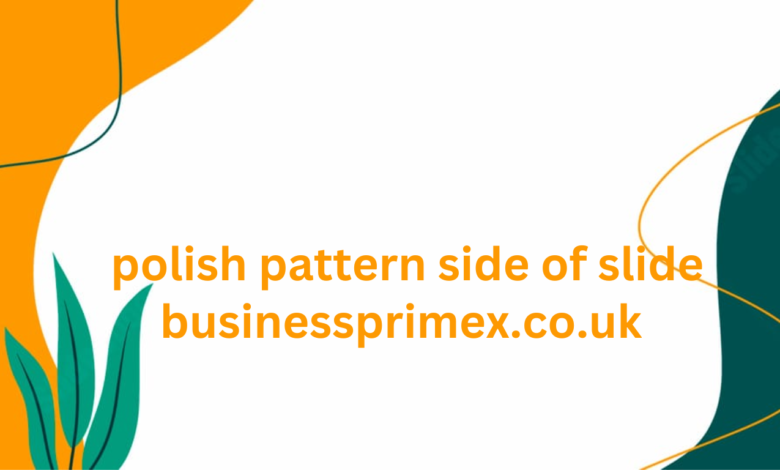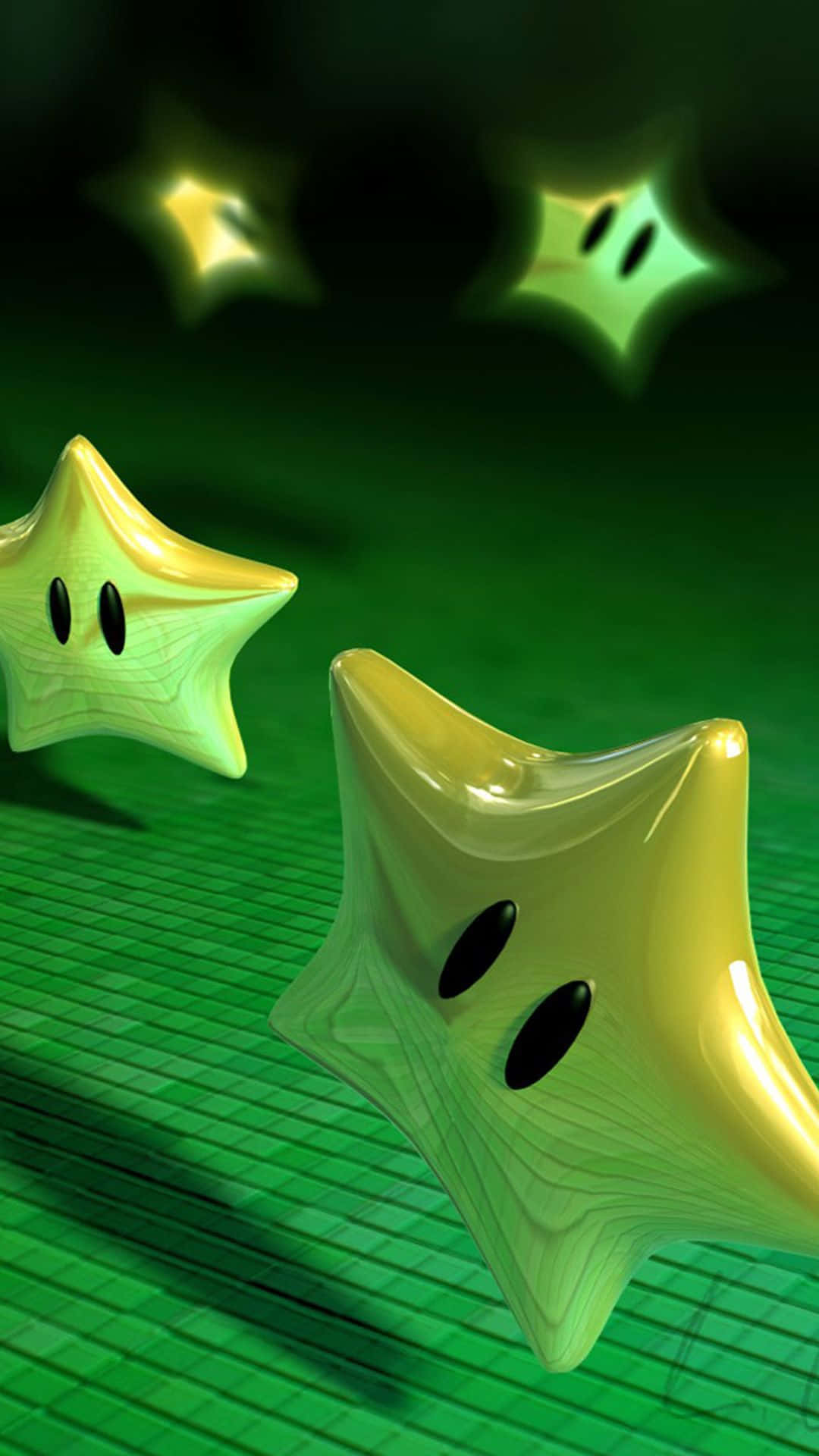Exploring the Importance of Polish Pattern Side of Slide in Surface Finishing

Surface finishing is a critical process in manufacturing, ensuring that materials achieve both functional and aesthetic standards. Among the various surface finishing techniques, the polish pattern side of slide has gained significant importance. This method enhances the quality, durability, and appearance of sliding mechanisms, making it a crucial factor in modern industry.
In this article, we’ll delve into the meaning, applications, and benefits of the polish pattern side of the slide, as well as its role in surface finishing processes across multiple industries.
What is the Polish Pattern Side of Slide?
The polish pattern side of the slide refers to the patterned and polished surface on one side of a sliding mechanism or component. These components, designed to move smoothly against another surface, benefit from the polished side, which reduces friction and enhances efficiency.
This technique is widely used in industries where moving parts require a high-quality finish. It ensures the surface is smooth, free from imperfections, and capable of withstanding wear and tear over time.
The Importance of Surface Finishing
Ensuring Smooth Operation
Surface finishing is essential for ensuring that sliding components operate without issues. A polished surface prevents rough movements and enhances the efficiency of machinery.
Improving Material Performance
Finishing processes like the polish pattern side of the slide protect materials from corrosion, wear, and environmental damage. This significantly increases the lifespan of components.
Benefits of Polish Pattern Side of Slide
polish pattern side of slide offers several benefits, making it an essential technique in surface finishing. Let’s explore these benefits in detail.
1. Reducing Friction and Wear
One of the primary advantages is the reduction in friction between sliding surfaces. By polishing one side of the slide, manufacturers ensure smooth movements.
This minimizes wear and tear, ensuring that components last longer. It also prevents mechanical failures caused by friction-related damage.
2. Enhancing Durability
Polishing creates a smooth, non-porous surface, which improves the durability of materials. This helps protect the component from environmental factors such as moisture, debris, and corrosion.
For industrial applications, this enhanced durability is vital for achieving reliable performance.
3. Improving Aesthetic Appeal
Beyond functionality, the polish pattern side of the slide enhances the visual appeal of components. A polished surface gives a sleek, professional finish, which is often essential in consumer-facing industries.
Custom patterns and textures can be added to align with specific design requirements, creating a unique and attractive finish.
4. Boosting Precision and Performance
Precision is a crucial factor in industries such as aerospace and medical equipment manufacturing. The polish pattern side of the slide ensures smooth and precise operation, reducing alignment issues and improving performance.
Techniques Used to Achieve the Polish Pattern Side of Slide
Achieving a high-quality polish pattern side of slide requires advanced techniques and careful application. Below are some of the most common methods used.
1. Grinding and Abrasive Polishing
Grinding is a widely used method that removes surface imperfections. Abrasive materials are applied to refine the texture of the slide.
Once the surface is smooth, finer abrasives are used to achieve a polished finish. This technique is highly effective for metals and ceramics.
2. Chemical Polishing
Chemical polishing involves the use of a solution to dissolve surface irregularities and create a smooth, glossy finish.
This technique is particularly useful for materials like stainless steel and aluminum, as it ensures an even and precise finish.
3. Electropolishing
Electropolishing is an electrochemical process that removes a thin layer from the material’s surface.
It not only enhances the appearance but also improves corrosion resistance, making it ideal for components used in harsh environments.
4. Lapping
Lapping is a precision technique that uses a rotating abrasive tool to remove fine imperfections.
This method is commonly used for components that require extremely smooth finishes, such as gears and bearings.
Applications of Polish Pattern Side of Slide in Industries
The polish pattern side of the slide is used across various industries, offering unique benefits in each application.
1. Automotive Industry
In the automotive industry, components such as pistons, gears, and bearings rely on polished surfaces for smooth operation.
polish pattern side of slide reduces friction, improves fuel efficiency, and ensures the longevity of critical components.
2. Aerospace
Aerospace components face extreme conditions, including high pressure and temperature variations.
The polish pattern side of the slide ensures that sliding mechanisms operate with precision and durability, enhancing the overall performance of aircraft and spacecraft.
3. Medical Equipment
Medical devices, including surgical instruments and implants, require smooth and hygienic finishes.
The polish pattern side of the slide helps maintain sterility and functionality, ensuring the safety and effectiveness of medical equipment.
4. Electronics
In the electronics industry, moving components such as motors and actuators require polished finishes for reliable operation.
The polish pattern side of the slide reduces friction and prevents wear, extending the lifespan of electronic devices.
Why Polish Pattern Side of Slide is Essential in Surface Finishing
polish pattern side of slide is more than a surface treatment; it’s a performance-enhancing process. Its ability to reduce friction, improve durability, and create smooth finishes makes it indispensable for high-performance applications.
Industries that prioritize precision, such as aerospace, automotive, and medical, rely heavily on this technique to ensure optimal functionality.
Additionally, the aesthetic benefits of the polished surface enhance the value of consumer products, making them more appealing to end users.
Key Advantages of Polish Pattern Side of Slide
1. Cost-Effectiveness
By reducing wear and extending the lifespan of components, the polish pattern side of the slide minimizes maintenance and replacement costs.
2. Versatility
This technique can be applied to various materials, including metals, plastics, and ceramics. Its adaptability makes it suitable for a wide range of applications.
3. Eco-Friendliness
Some polishing methods, such as electropolishing, are environmentally friendly. They reduce waste and energy consumption compared to traditional finishing techniques.
Conclusion
The polish pattern side of slide is a vital process in surface finishing, offering a blend of functional and aesthetic benefits. By reducing friction, enhancing durability, and improving precision, it ensures that sliding components perform efficiently and reliably.
Industries such as automotive, aerospace, medical, and electronics have all recognized the value of this technique in achieving superior product quality.
Whether you’re a manufacturer looking to enhance your processes or a designer aiming to create visually appealing products, the polish pattern side of the slide is an indispensable tool for success. Embracing this technique can elevate your operations, ensuring that your components meet the highest standards of performance and quality.
Exploring The Cure The Walk Keyboard Sound The Art Behind the Music





